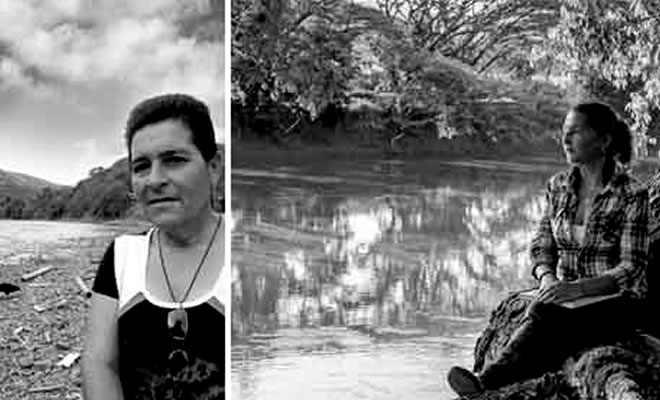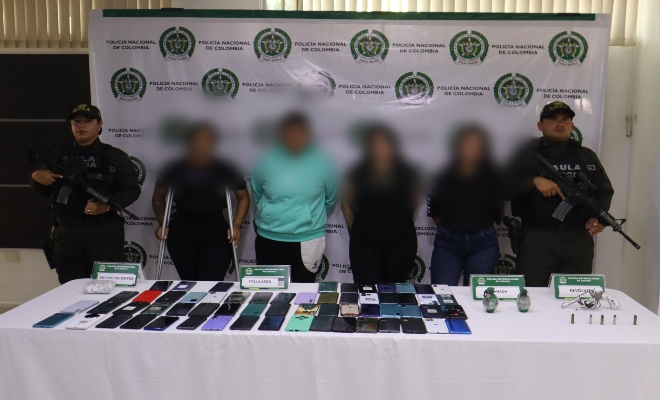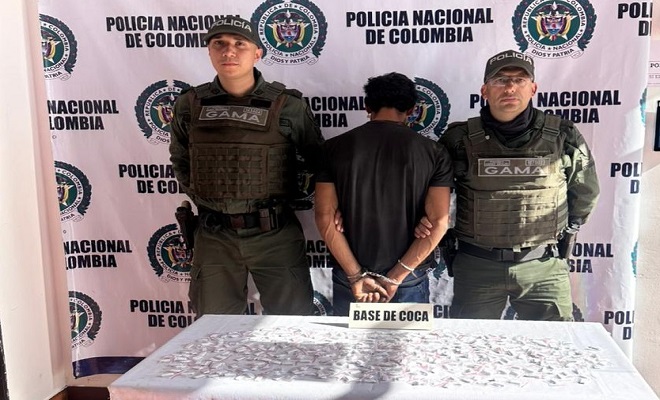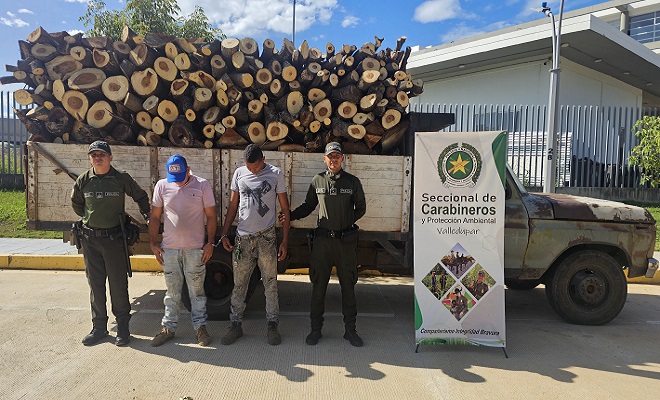Se llaman María. Una inmortalizó en sus poemas a los muertos que la otra rescató de las aguas del río Cauca. Su trabajo es el testimonio vivo de los peores años de barbarie, cuando la gran arteria fluvial fue convertida en cementerio. Las dos heroínas son la memoria de cientos de desaparecidos, la esperanza de miles de familias que siguen la frenética búsqueda de un ser querido.
María Isabel Espinosa Hincapié, una pereirana que se ganaba la vida sembrando flores, llegó en 2003 a la vereda Guayabito, en Cartago, norte del Valle, a cuidar una finca, en compañía de su esposo y sus hijos. Era un paraíso a orillas del río Cauca que a las pocas horas comenzó a convertirse en un infierno. Primero vio bajar un muerto, y luego otro, y otro, hasta siete en un día.
Ahí afloró su talento poético para plasmar en una servilleta o un pedazo de hoja de cuaderno la denuncia que brotaba del río. "Sí, río, yo los vi pasar.
Venían contigo en tu triste trasegar. También sé que se te aguaron los ojos cuando lo que eran gente irremediablemente se convirtieron en despojos.
Tú los llevaste entre tus oscuras y silenciosas aguas, pero, a pesar de todo, gritos de dolor por ellos dabas".
La poetisa del río no inventaba nada. Tan solo transcribía lo que le dictaba el río, lo que le advertían los gallinazos y lo que podía observar más de cerca con los binóculos que compró. Vino uno y otro poema hasta llenar un libro que tituló 'Funerales en el río Cauca', obra que echó por tierra la idea original de sus victimarios de condenarlos al olvido eterno.
Río abajo, en el pedazo de torrente que baña Risaralda, en el caserío de Beltrán, en las afueras de Marsella, la otra María, María Inés Mejía, fue la otra gran doliente de los muertos del Cauca. Desde 1988, el municipio la encargó de rescatar la mayor cantidad de cuerpos, los cuales se arremolinaban allí por culpa de la sedimentación.
Siempre buscaba plasmar la mayor cantidad de datos para intentar conocer la identidad del difunto. Hasta aprendió a retirar los pulpejos de los dedos para preservar las huellas dactilares antes de que los enterraran en el cementerio Jesús María Estrada. Cuando se retiró del puesto oficial, prosiguió con su tarea humanitaria.
La noble labor de estas dos mujeres, sumadas a la de una médica del pueblo y a la del sepulturero Narcés Palacio, le están facilitando el trabajo al Equipo Colombiano Interdisciplinario de Trabajo Forense y Asistencia Psicosocial (Equitas), que desde 2010 y hasta hoy busca identificar la mayor cantidad de cuerpos, como parte de la reparación hacia las víctimas del conflicto armado en Colombia.
Aquí Nuestras Historias 50 Crónicas de Reconciliación.
The two Marías of the death river
They are called María. One immortalized in her poems the dead that the other had rescued from the waters of the Cauca River. Their work is the living testimony of the worst years of barbarism, when the great fluvial artery was turned into a cementery. The two heroines are the memory of hundreds missing, the hope of thousands of families who follow the frantic search for a loved one.
María Isabel Espinosa Hincapié, from Pereira who earned her life planting flowers, arrived in 2003 to the Guayabito village in Cartago, north of Valle, to take care of a farm in the company of her husband and children. It was a paradise on the banks of the Cauca river a few hours later it started to become hell. First she saw come down a dead person, and then another, and another, until seven in one day. That emerged her poetic talent to translate into a napkin or a piece of notebook paper the complaint that sprouted the river.
"Yes, the river, I saw them pass. They came to you in your sad decant. I also know that you got tears in your eyes when those people inevitably became spoils. You brought them between your dark and silent waters, but, nevertheless, cries of pain you gave for them."
The river poetess did not invent anything. She just transcribed what dictated the river, what was warned and what she could observe more closely with binoculars she bought. One poem came and another to fill a book called 'Funerals in the Cauca river', a work that scuppered the original idea of their victimizers of condemning them to eternal oblivion.
Downstream, on the piece of stream that bathes Risaralda, in the village of Beltrán, on the outskirts of Marsella, the other María, María Inés Mejía, was the other great suffering of the deaths of Cauca. Since 1988, the municipality ordered her to rescue as many bodies, which swirled there because of sedimentation.
Always she sought to capture as much data posible to try to find the identity of the deceased. Until she learned to remove the finger pads to preserve fingerprints before buried in the cemetery Jesús María Estrada. When she retired from office, she continued her humanitarian work.
The noble work of these two women, added to the work of the medical doctor of the village and of the gravedigger Narcés Palacio are facilitating the work of the Interdisciplinary Colombian Team of Forensic Work and Psychosocial Support (Equitas), which since 2010 and until today seeks to identify as many bodies as part of the reparation for the victims of the armed conflict in Colombia.
Consult the last digital version our book Nuestras Historias 50 reconciliation chronicles





